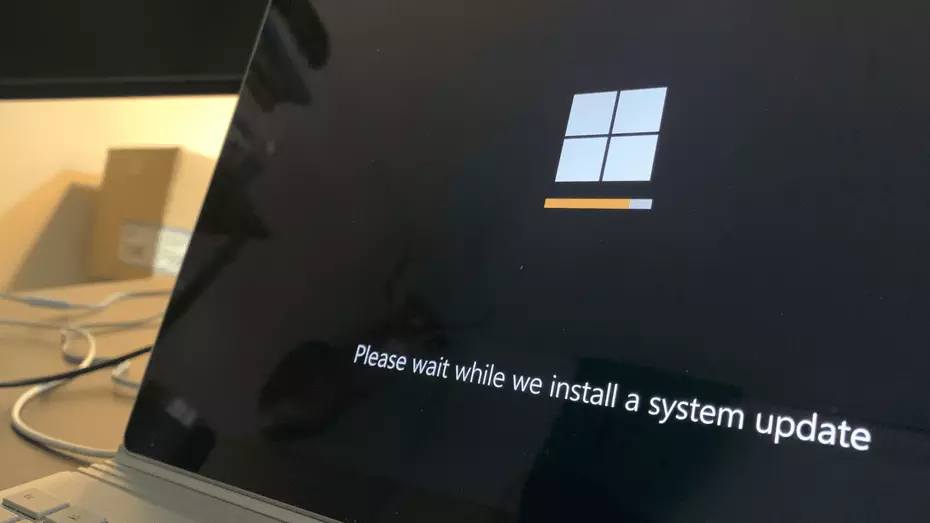In the ever-evolving world of technology, updates are crucial for enhancing security and functionality. However, for Windows users, system updates often come with the inconvenience of having to restart the computer, interrupting workflow and productivity. Microsoft is reportedly set to change this narrative with an innovative update method for Windows 11, known as “hot patching.”
The Era of Seamless Updates: ‘Hot Patching’ Explained
Windows Central recently shed light on a significant development that could see the end of the often frustrating reboot process required for Windows updates. This new method, dubbed “hot patching,” is a technique already in use on other platforms like Windows Server and Xbox. It’s now anticipated to make its way to Windows 11.
How Does ‘Hot Patching’ Work?
According to Microsoft’s support page, “hot patching” functions by patching the memory code of running processes without needing to restart them. This technique aims to integrate the latest security enhancements into the system seamlessly, eliminating the wait for an opportune moment to update.
Addressing Security Concerns Effectively
Security updates are crucial, often released in response to detected vulnerabilities that could compromise user data. The gap between the release of such updates and the system restart to apply them can leave the computer at risk. Hot patching addresses this by promptly and efficiently implementing security patches, thereby reducing the window of vulnerability and potential cybercrime exploits.
Balancing Convenience with Comprehensive Updates
While this development is promising, it’s important to note that “hot patching” will initially apply only to basic updates. Traditional reboots will still be necessary for more substantial system updates. However, this marks a significant stride towards more user-friendly and less disruptive maintenance routines for Windows 11 users.
Anticipating the Release
Windows Central reports that this feature could debut with the release of Windows 11’s 24H2 version, expected later this year. However, Microsoft has not yet made an official announcement, and references to hot patching currently pertain mainly to Windows Server. Users and tech enthusiasts are keenly awaiting more details as the year progresses.
Conclusion
The potential introduction of “hot patching” to Windows 11 represents a significant advancement in the user experience, especially for those reliant on their PCs for uninterrupted work. It reflects Microsoft’s commitment to not only safeguarding but also simplifying the user experience. As the tech community eagerly awaits its official roll-out, this development is poised to make Windows updates less intrusive and more efficient.

